
NEUROMUSCULAR DENTISTRY differs from traditional dentistry in that it includes focused consideration of the muscles and nerves in and around the jaw—and the correct positioning of the jaw—as part of overall oral health.
Neuromuscular Dentistry Can Help Treat TMD
Our teeth, joints, muscles, and nerves all work together in the proper alignment and functioning of our jaw. When any part of this delicate equation is overlooked, painful conditions such as TMD (temporomandibular joint disorder) and other serious dental problems can develop.
How Does Neuromuscular Dentistry Relate To Orthodontic Treatment?
Orthodontists are well educated and experienced in the treatment of TMD. University-based orthodontic residency programs include working in a TMD clinic where patients with severe TMD problems are treated by a team of specialists to provide a solution to this complex dental problem. To find an orthodontist near you, visit the American Association of Orthodontists at www.mylifemysmile.org.
What Can You Expect From TMD Treatment?
The first step of TMD treatment is a comprehensive radiographic evaluation of the temporomandibular joints and discs by a dental radiologist. Once a diagnosis is made, the patient will be referred to the appropriate specialist to treat the symptoms and remove the cause of the pain.
In situations where the bite is involved, orthodontists make a TMD splint. This splint is made of hard acrylic from mounted study models where your jaw placement is recorded in the most relaxed and natural bite position (centric relation). Hard biting will be relieved from the back of this splint (sometimes called a guard) so that your jaw can settle to the most relaxed and comfortable joint position.
Where Is The Pain?
At Gorczyca Orthodontics, we are usually able to reduce TMD pain within 6 months. When appropriate, patients are asked to wear a TMD splint 24 hours per day and come in for weekly adjustments.
“Where is the pain?” is an important question. When pain is in the joint, the bite may be a factor. After the splint is worn and pain is gone, some patients seek orthodontic treament for permanent pain relief.
Some muscle pain can be caused by grinding and clinching of the teeth (bruxism). This pain occurs at certain times of the day, early morning or after a long commute in heavy traffic. In these situations, the splint is extremely useful for relaxing the muscles and relieving muscle pain.
Pain can also be caused by a tooth or crown being high when biting or making jaw movements. This can be relieved by a small adjustment of the teeth with light grinding (equilibration). For this, Dr. Gorczyca will record your bite, complete the process study models of your teeth on an articulator, show you the result, and then reproduce these changes on your natural teeth for a more comfortable bite.
Hard And Soft Tissues Have A Complex Relationship
We work to make that relationship harmonious. If your jaw is misaligned, many physiological problems can result, including:
- Headaches/migraines
- Facial pain
- Back, neck and shoulder pain
- Sensitive and sore teeth
- Jaw pain
- Limited jaw movement
- Worn or cracked teeth
- Clicking or popping in the jaw joints
- and others…
TMD Affects Millions Of People
Neuromuscular dentistry utilizes modern technology to precisely determine the proper positioning of the jaw, and to place the jaw into its optimal position, which can help relieve the symptoms associated with TMD.
If you have symptoms like those listed above, take a minute and make an appointment with our team. We’d be happy to take the time to visit with you about the benefits of neuromuscular dentistry.
Dr. Gorczyca Has Advanced Training In TMD Treatment
Dr. Gorczyca completed a two year study of TMD in addition to her orthodontic residency program. This study was held at the University of Detroit and called “Advance Education in Orthodontics” AEO.
Jaw pain is complex. There could be rheumatoid arthritis involved or damage to your nerves, muscles, and joints due to trauma or pathology. In these situations, Dr. Gorczyca will refer you to the UCSF Craniofacial Pain Clinic or the TMD Center at Kaiser Hospital for evaluation by an additional team of specialists.
For Temporomandibular Dysfunction (TMD) treatment or neuromuscular bite evaluation, call Dr. Gorczyca at (925)757-9000 or visit us at www.clubbraces.com for a complimentary exam. We are here to help make your life pain free.
And, as always, thanks for being our valued patient and friend.





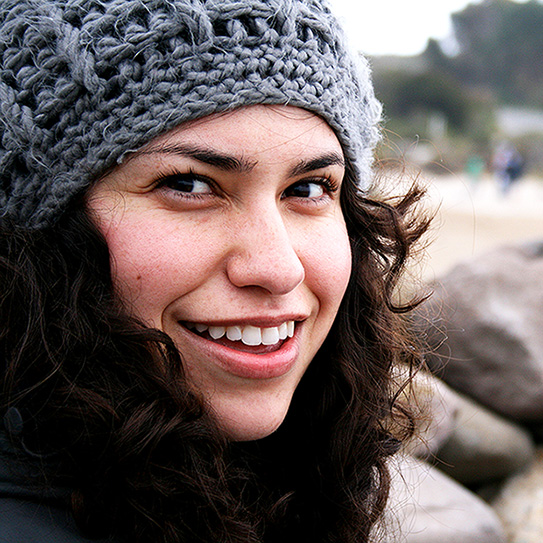

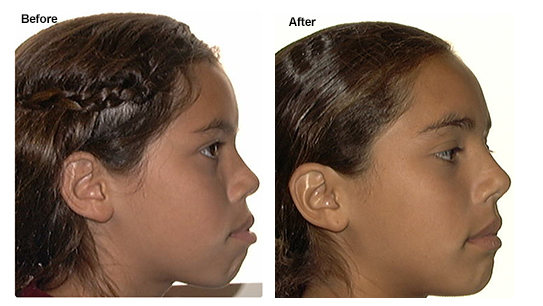

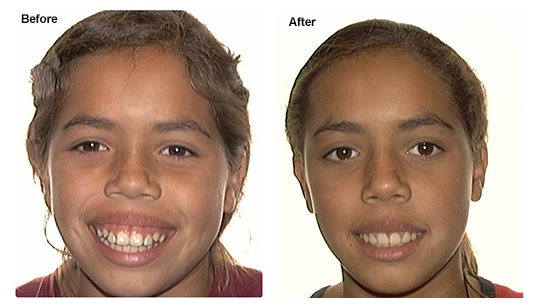


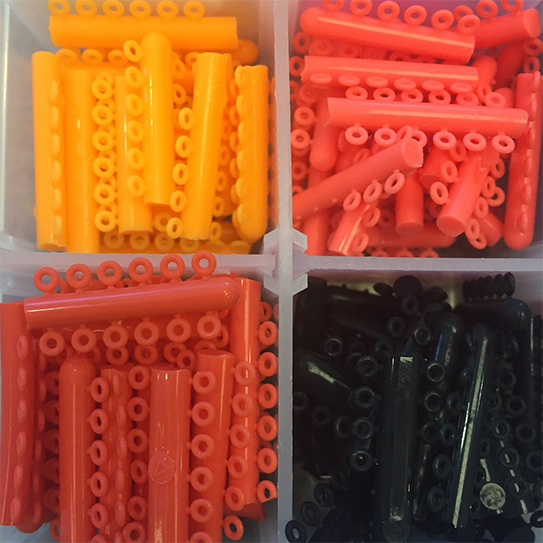
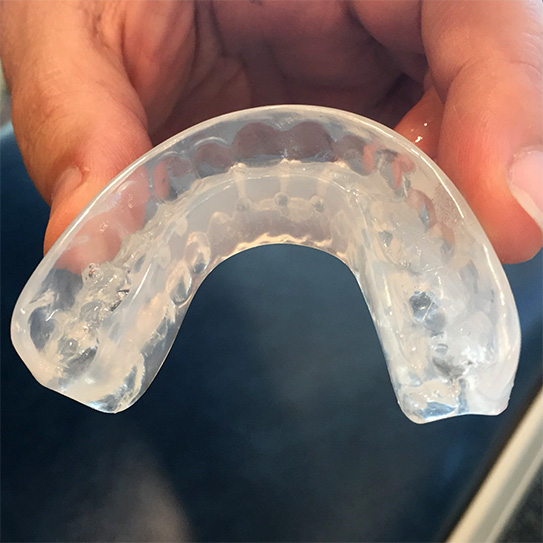
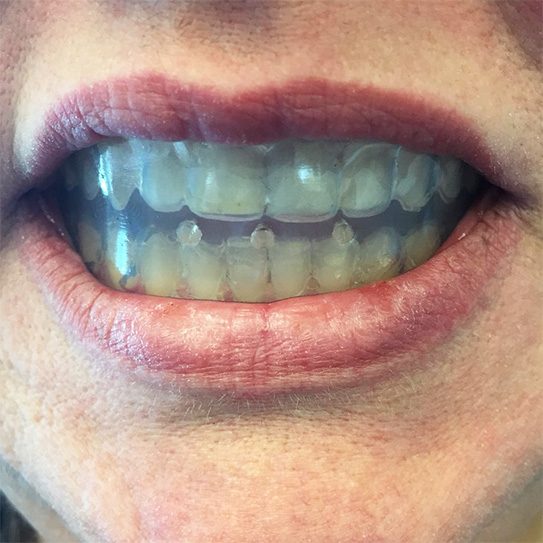
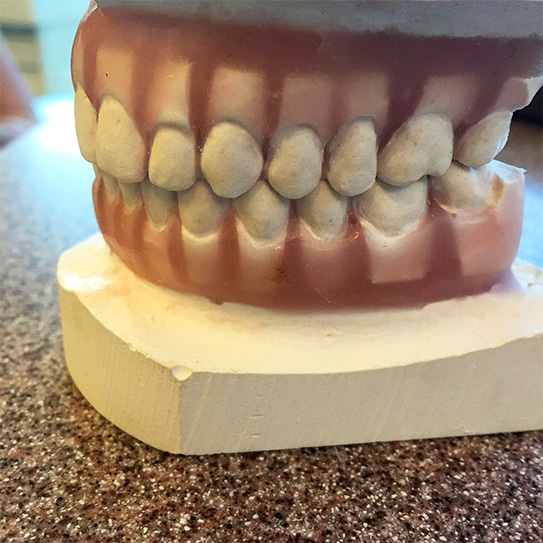
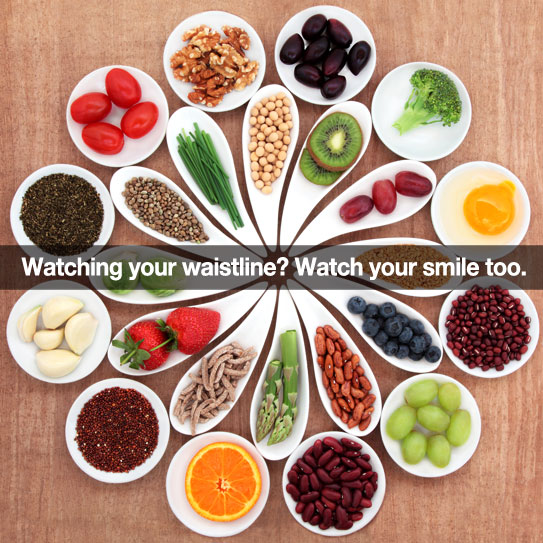
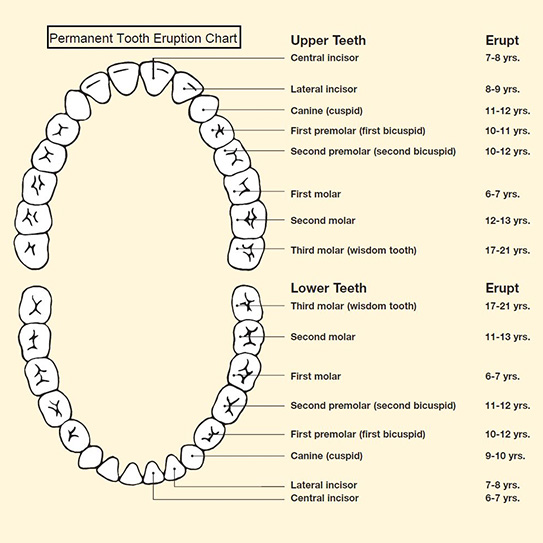
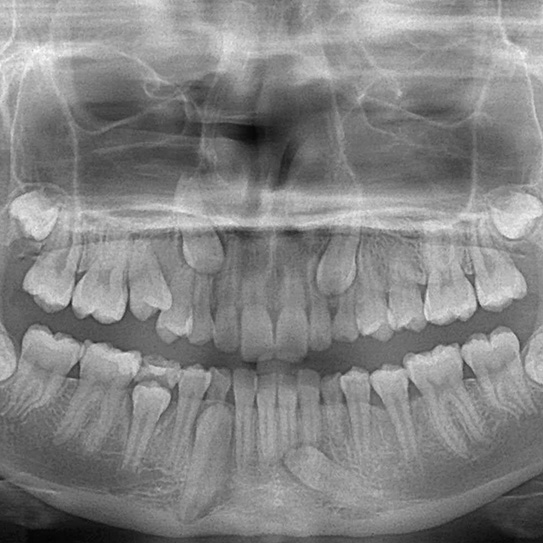




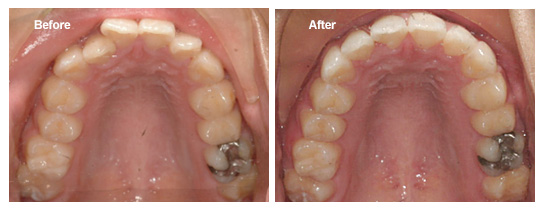
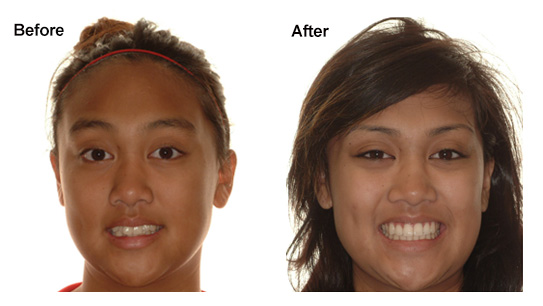

















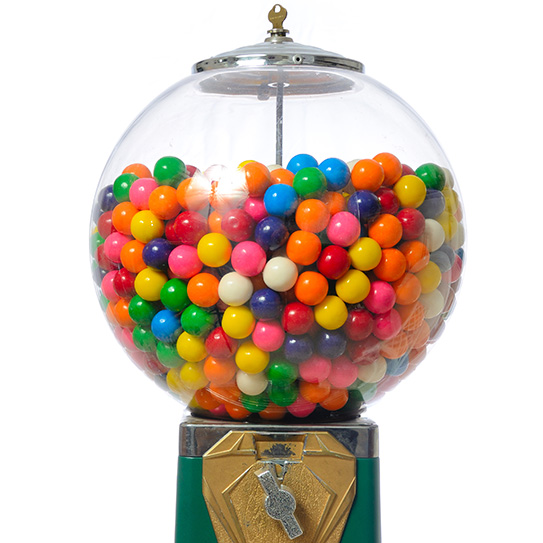













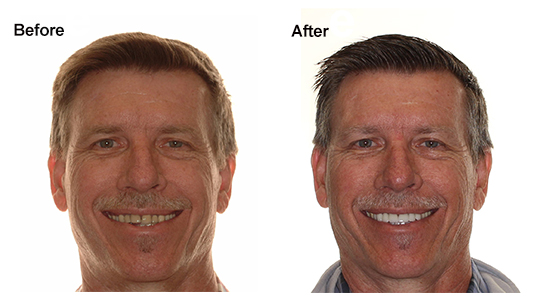






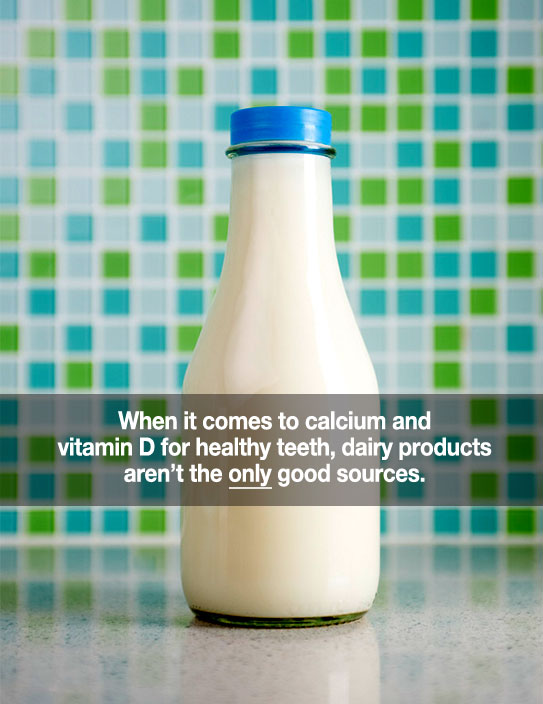




 Palatal expander treatment is most effective when patients are young, before the growth plate in the roof of the mouth has fused (which often happens by age 14).
Palatal expander treatment is most effective when patients are young, before the growth plate in the roof of the mouth has fused (which often happens by age 14).





